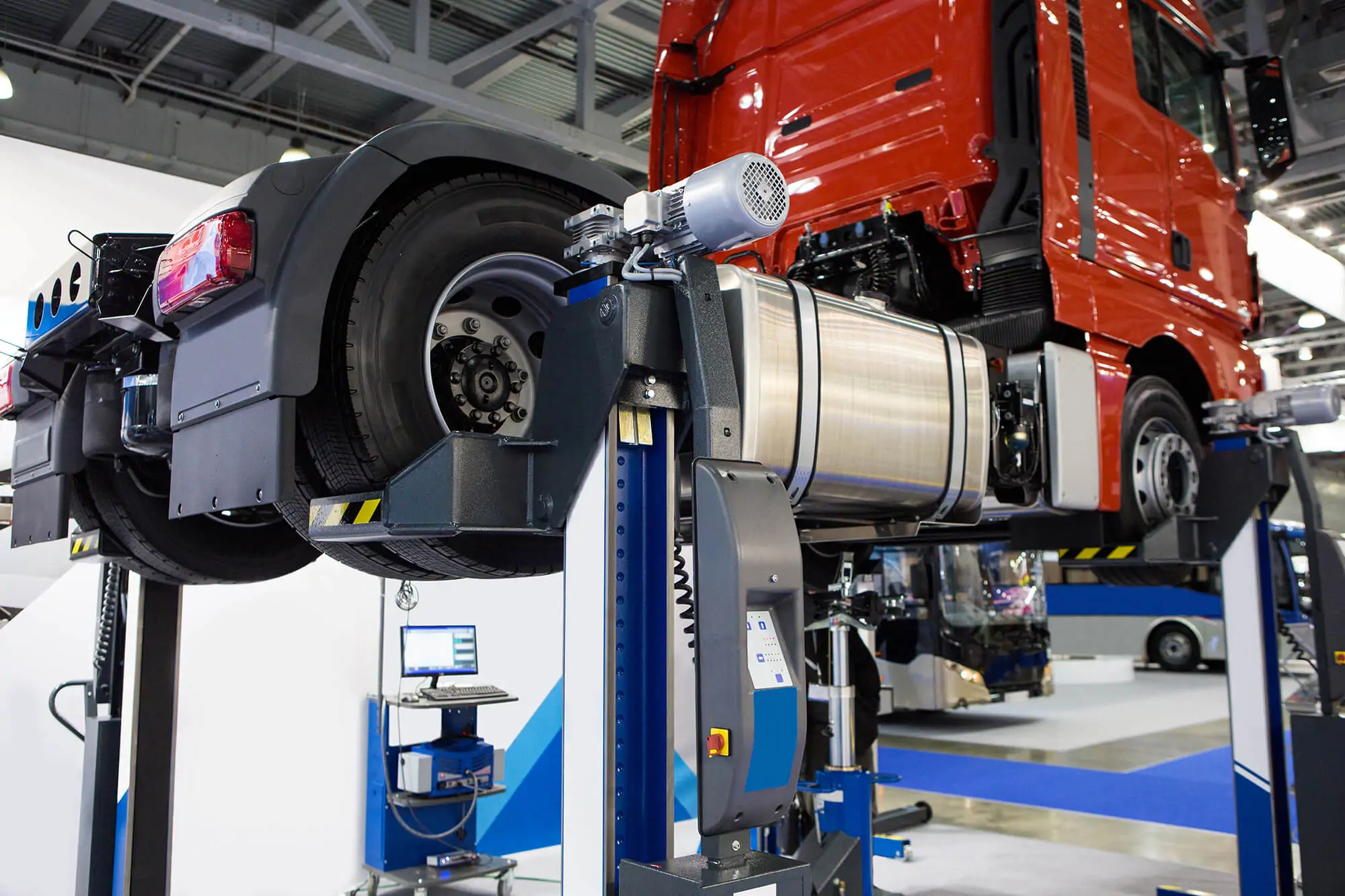Strategies That Make Fleet Management More Fulfilling

Fleet management oversees fleet vehicle operations to improve efficiency, reduce costs, and increase safety. It is a complex task that requires careful planning and implementation of articulated strategies.
It’s especially important for companies that manage large fleets, as optimizing operations without a well-thought-out approach is difficult. Here’s a discussion of the strategies that make fleet management more fulfilling for all stakeholders.
Understanding the Elements of Field Service Success

Field service success is delivering service that meets customer expectations in terms of quality, efficiency, and cost. To achieve this, fleet managers must understand the various elements contributing to successful field service. These include the right combination of resources and technologies, effective communication with customers and suppliers, and proper personnel management. Key areas to pay attention to are:
Scheduling Work
Scheduling work entails efficiently using resources to complete the job promptly. Accurately predict the timeline and human resources required for each job, ensuring that resources are allocated appropriately.
Operational Efficiency
To optimize operations, fleet managers must also have a clear understanding of the processes and procedures used by the company. It includes streamlining processes to reduce waste, improving technology systems to increase accuracy, and implementing a quality assurance program to meet service standards.
Monitoring Performance
It is also important to monitor performance to identify improvement areas. It includes tracking KPIs and analyzing data to identify inefficiencies or wastages to address. Utilizing tools such as dashboards will keep track of metrics and make it easier for managers to identify areas that need improvement.
Billing and Accounting
Fleet managers must also ensure that all billing and accounting activities are conducted accurately and timely. It includes tracking vehicle costs, maintaining accurate records, and managing invoices.
Invest in Live Tracking and Asset Monitoring Software

Live tracking software is a web-based system that provides real-time updates on the location and condition of assets in a fleet. It is an important tool for any fleet management system as it enables managers to keep track of their assets in real-time and respond quickly to any changes.
Some live tracking systems offer detailed reports and analytics on the fleet’s performance. It helps managers identify improvement areas and make adjustments to ensure optimal operation.
Live tracking of the vehicle in transit is also beneficial as it ensures the safe and timely delivery of goods. It’s especially important for businesses that rely on strict delivery deadlines, such as those in the hospitality and food industry. Fleet managers can share this information with clients enabling them to keep track of their goods.
Working with a Competent and Reliable Team
Having a reliable team is essential for successful fleet management. It means having a crew of knowledgeable and experienced professionals who can handle all fleet operations-related tasks. They include drivers, mechanics, and IT professionals familiar with the company’s technology.
Assess the skills and qualifications of team members, as well as their ability to work together. When hiring new team members, focus on communication skills and problem-solving abilities. Also, make sure that they receive proper training leading to quality performance.
To reduce employee turnover, provide incentives such as bonuses and rewards. Listen to employee feedback to ensure that their needs are met and address any concerns for a happier team.
Stay Within the Set Budget
Cost management is an important part of successful fleet management. Plan for expenses in advance to stay within the set budget. Consider factors such as fuel costs, salaries, and maintenance expenses.
Utilize software to automate tasks such as tracking vehicle data and analyzing fuel costs. Also, use data analysis to identify areas of potential savings and optimize routes to reduce fuel costs. Negotiate with suppliers for better prices or explore alternative options, such as leasing vehicles instead of purchasing.
Because fluctuating fuel prices can impact the budget, be prepared for any changes. Set aside a contingency fund to cover unforeseen expenses. Monitor costs regularly and review the budget periodically.
Investing in Automation Technology

Automation technology improves the efficiency of fleet operations by streamlining processes and reducing manual labor. Automated systems monitor vehicle locations, track fuel usage, and manage maintenance schedules. These technologies will also optimize drivers’ routes, minimize delays, and reduce fuel costs.
Investing in the right automation technology will enable you to save time and money, increase customer satisfaction, and improve the overall efficiency of your fleet. You also reduce errors and optimize vehicle utilization.
Optimizing Drivers’ Routes
Optimizing drivers’ routes means reducing fuel costs, minimizing time on the road, and avoiding traffic delays. Utilize route optimization software to identify the best possible routes. Additionally, leverage predictive analytics to anticipate changes in traffic and plan. Invest in live tracking technology so managers can monitor their drivers in real time.
Also, consider vehicle size and cargo type to ensure that the right vehicles are used for each job. Assign jobs to drivers based on their experience and the route involved. Additionally, use automated technology such as driver-facing cameras or telematics systems to reduce accidents and improve safety.
Communicate Effectively with Drivers and Other Stakeholders
Effective communication is essential for successful fleet operations. It includes staying in touch with drivers, customers, and other stakeholders. Utilize software to send messages, share documents, and update schedules. Remember to promote a culture of transparency and open communication to foster trust and collaboration.
Also, check in regularly with drivers and other stakeholders. Ask for feedback to ensure that everything runs smoothly. Remember to assure customers of quality service and keep them informed of progress.
Prioritizing Fleet Maintenance

Regular maintenance is essential for the efficient performance and safety of your fleet. Start by developing a maintenance schedule and sticking to it. Utilize software such as asset management systems to track the condition of your vehicles and store maintenance records. It will enable you to identify defects and promptly schedule repair work.
Keep an inventory of spare parts and tools at hand to minimize downtime. Make sure your vehicles are serviced regularly and keep detailed records of service dates and times. Also, monitor fuel levels, tires, brakes, and other parts to ensure they are in optimal condition.
Utilize Data Analysis to Drive Decisions
You’ll always have to make critical decisions in fleet management. Utilize data analysis, such as dashboards and reports to make better decisions. Analyze historical data to identify areas of improvement and uncover trends that can help you make better decisions.
You can use data to improve customer service, reduce costs, and increase efficiency. Utilize data analysis tools such as predictive analytics or artificial intelligence to maintain a competitive advantage.
You’ll Make Fleet Management More Fulfilling
When done right, fleet management will save money, time, and effort while ensuring that vehicles are maintained properly. You’ll improve customer satisfaction and run a thriving business. Keep adjusting the approach to meet the set expectations.




